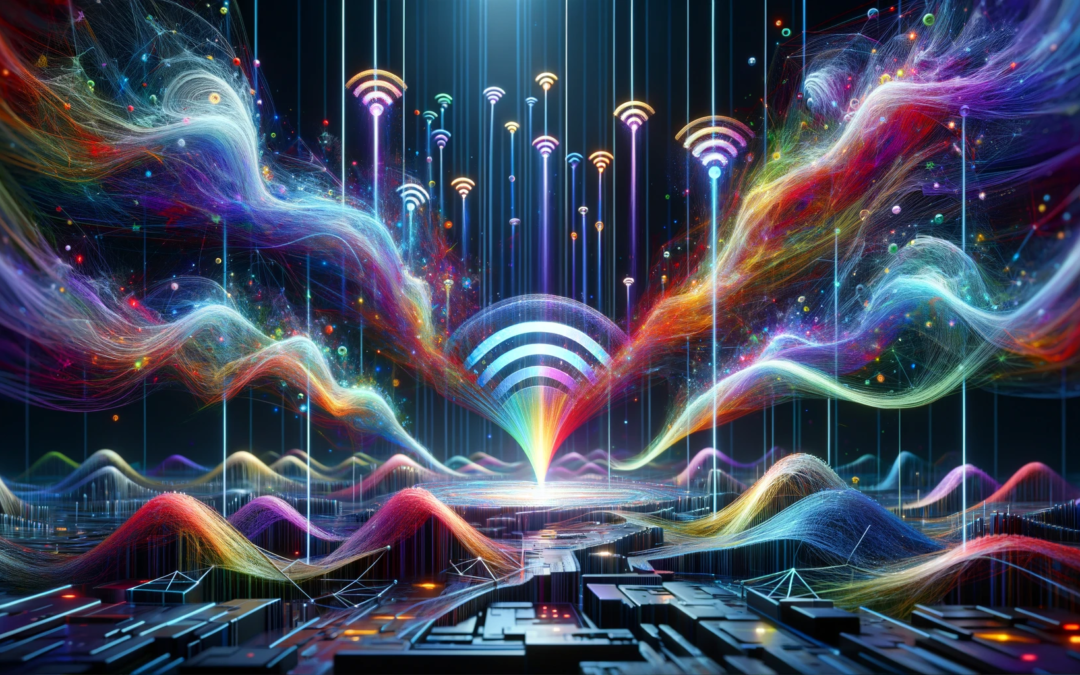The Science Behind the Technology
The realm of Artificial Intelligence (AI) is continually breaking new ground, with one of its most remarkable feats being the transformation of WiFi signals into visual representations or videos. This emerging technology leverages the omnipresence of WiFi signals to create visual interpretations of environments, even through walls. AI transforms WiFi signals into videos by capitalizing on the ability of WiFi to penetrate walls and objects. WiFi routers emit radio waves, which are a form of electromagnetic radiation. When these waves encounter objects, they bounce back, creating a unique pattern of signal disturbance. AI algorithms are trained to interpret these patterns, translating them into visual representations.
AI and Signal Processing
The core of this technology lies in advanced signal processing and AI algorithms. Machine learning models, particularly those using neural networks, are trained on vast datasets of signal patterns and corresponding visual images. Over time, these models learn to correlate specific signal disruptions with particular shapes and movements, eventually enabling them to generate accurate visualizations from WiFi signals alone.
Applications of WiFi-Based Imaging
The potential applications of this technology are vast:
- Security and Surveillance: It can be used for security purposes, allowing monitoring of spaces without conventional cameras, potentially even detecting intruders through walls.
- Healthcare Monitoring: In healthcare, it offers a non-intrusive way to monitor patient movement and vital signs, proving beneficial in elderly care or hospitals.
- Search and Rescue Operations: For search and rescue missions, this technology can help locate people in collapsed buildings or obscured environments.
- Smart Home Systems: Integrating this technology into smart homes could lead to advanced automation systems that respond to the presence and activities of residents.
Challenges and Limitations
While promising, this technology faces several challenges:
- Privacy Concerns: The ability to ‘see’ through walls raises significant privacy issues, necessitating strict regulations and ethical guidelines.
- Accuracy and Reliability: Ensuring the accuracy and reliability of visual interpretations, especially in complex environments with multiple moving objects, remains a challenge.
- Technical Limitations: The resolution and clarity of images derived from WiFi signals are currently limited compared to conventional visual imaging technologies.
Ethical and Legal Considerations
As AI continues to evolve in its capabilities to transform WiFi signals into videos, it is essential to address the ethical and legal implications. This includes ensuring privacy protections, setting usage guidelines, and considering the societal impact of such surveillance capabilities.
Conclusion
The transformation of WiFi signals into videos by AI marks a significant leap in technology, opening new frontiers in surveillance, healthcare, and beyond. As we step into this new era, it is crucial to navigate these advancements with a conscious approach, balancing innovation with ethical responsibility and societal welfare.










